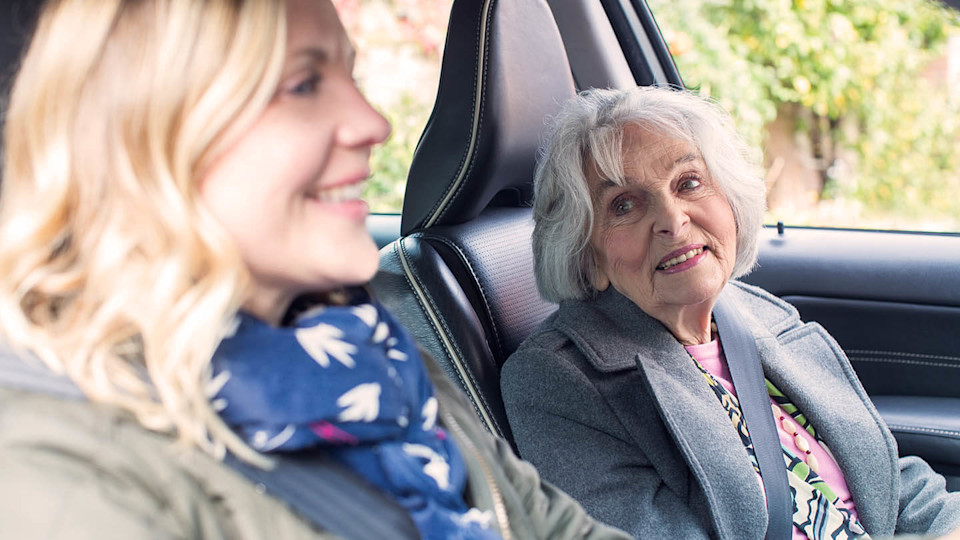
Crime
The History of the Highway Code
The Highway Code ranks as one of the top bestsellers every year and is only one of very few books that can claim it has actually saved lives. So how did the Highway Code come about?
The first edition of the Highway Code was published in 1931, when there were just 2.3 million motor vehicles on the road. Today there are more than 27 million! But in 1931 there were over 7,000 people killed in road accidents every year, far more than today.
What changes have been made to the Highway Code?
When it was launched the Highway Code established something that has not changed since: all road users must be careful and considerate towards others, putting safety first.
But some things have changed dramatically. In the 1931 edition, mirrors weren’t mentioned and drivers were advised to sound their horn when overtaking another vehicle – definitely something that is illegal now. Also hand signals took up a large chunk of the Code, but in today’s version just one page is given to the subject.
Crossing the road was only given one paragraph in the old version, but in today’s Highway Code this is given a whole chapter.
What was included in the first edition of the Highway Code?
When the Highway Code was first published it cost 1 old penny, and only had 18 pages rather than 135 pages in today’s edition.
It carried advertisements for the AA, RAC, BP, Castrol Motor Oil, Motor Union Insurance, The Motorcycle Magazine and The Autocar Magazine.
Since the first days of the Highway Code it has been constantly updated to reflect the changes in technology and traffic management systems.
What further editions have been made?
Road signs made their first appearance in the second edition of the code – but there were only ten of them. The second edition also included warnings about driving when drunk or tired.
The third edition in 1946 mentions stopping distances for the first time, as well as advice for cyclists. In the 1954 Highway Code, which was in colour for the first time, triangular warning signs made their first appearance. The back cover showed first aid hints and tips.
The fifth edition had to include motorways as they arrived in the UK in the late 1950s. The Code explained how to use slip roads and advised drivers to stop and stretch their legs at service stations if they got tired.
In 1968, the sixth edition showed photographs and 3D pictures to help make the rules clearer. By the 1978 edition the Code has risen to a 70 page book, with advice for pedestrians known as the Green Cross Code. It also explained the new orange badges for disabled people and gave advice for vehicle security as car crimes were rising.
In the 1990s, with the introduction of the theory test, the Highway Code took on a new format including a section dedicated to the theory of driving.
When to seek advice
We all had to read the Highway Code when learning to drive, but many of us have forgotten what we learnt. Often we inadvertently break the laws of the road simply because we’ve forgotten, or haven’t learnt, the contents of the Highway Code.
If you do happen to break any traffic laws in the UK and need legal representation, Slater and Gordon can help. We have an expert team of driving offence solicitors you can call on freephone 0330 041 5869 or contact us online and we will call you.
All information was correct at the time of publication.


It isn't just drivers who can claim for injuries sustained on the road. Road traffic accidents (RTA) can cause injuries to all sorts of people, including innocent bystanders; so our friendly and approachable legal experts are always happy to discuss every case, without obligation.


We understand how life-changing road traffic collisions can be for both you and your loved ones. Brake is a UK charity that campaigns to stop road deaths and injuries, as well as supporting those who’ve unfortunately been affected by road crashes. Read more about our partnership with Brake.